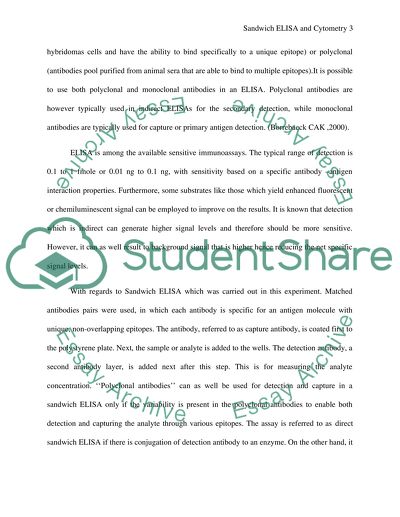Cite this document
(“Immunology - Flow Cytometry and ELISA Lab Report”, n.d.)
Immunology - Flow Cytometry and ELISA Lab Report. Retrieved from https://studentshare.org/health-sciences-medicine/1473906-immunology-flow-cytometry-and-elisa
Immunology - Flow Cytometry and ELISA Lab Report. Retrieved from https://studentshare.org/health-sciences-medicine/1473906-immunology-flow-cytometry-and-elisa
(Immunology - Flow Cytometry and ELISA Lab Report)
Immunology - Flow Cytometry and ELISA Lab Report. https://studentshare.org/health-sciences-medicine/1473906-immunology-flow-cytometry-and-elisa.
Immunology - Flow Cytometry and ELISA Lab Report. https://studentshare.org/health-sciences-medicine/1473906-immunology-flow-cytometry-and-elisa.
“Immunology - Flow Cytometry and ELISA Lab Report”, n.d. https://studentshare.org/health-sciences-medicine/1473906-immunology-flow-cytometry-and-elisa.


